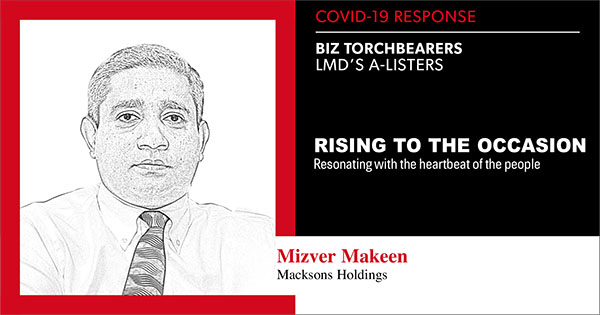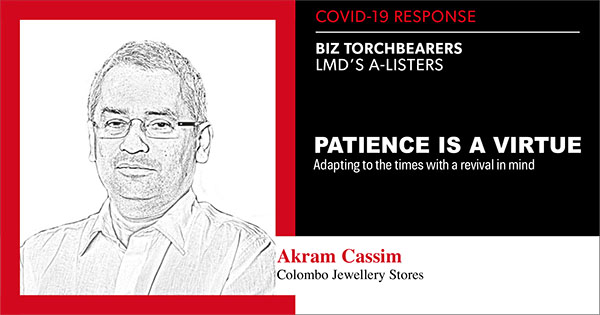Q: What does the future hold and how are you planning for it?
The pandemic has afforded us the time to totally innovate, and change our innovation and design model, while making our village artisans more entrepreneurial.
From October onwards, we hope to rekindle activity with gradually recommencing operations.
This has been a phenomenal and inspiring period for me as an entrepreneur; it has highlighted the need to make businesses future proof. We took these steps with a clear approach, and we’re setting ourselves an 18 month timeline until October 2021.
In my opinion, everyone has to tap into their entrepreneurial spirit at this juncture and think long term.
Hope is not a business strategy; businesses that are excitedly look to return to normal business operations with each and every easing of the lockdown may suffer because they aren’t thinking long term.
Use this period to become future proof for a new world we will collectively inherit. There are two games to be played, henceforth; driving for an exciting future or simply waiting for things to return to normal.
Q: How has your organisation responded to the COVID-19 crisis?
We took a different approach at the onset of the pandemic. Ours was to look at the disruption of COVID-19 as an opportunity.
Fear, in one sense, is a good catalyst for change and we believed that if we arrested the crisis properly, we’d compel and inspire people to make changes and amendments that they wouldn’t normally resort to.
With this in mind, we looked at the four verticals of our business.
The first was education via AOD; it was clear to us from the beginning that education was not going to be interrupted – and that while the educational space would be pushed to innovate due to the pandemic, it wouldn’t suffer financially.
We understood that our second vertical – i.e. retail via our Fashion Market and Urban Island line-ups – would be virtually inert. So we let this go into hibernation and froze production. We knew we could always come back to this later, resuming production and playing to pre-existing strengths of sustainable design and fashion, which would only grow in scope in the industry after the pandemic.
The third – the Colombo Innovation Tower (CIT) – witnessed some growth in opportunities. In 2016, CIT was ahead of its time as it looked at all the ways of working in the future; but throughout the course of the pandemic, its importance has become increasingly evident
We have seen steady inquiries for CIT during the pandemic and this highlights the sort of opportunity this vertical has in the future.
Lastly, our grassroots manufacturing base, which covers artisans including handloom weavers, was subsidised through our foundation with a monthly stipend from April, which will run until September.






